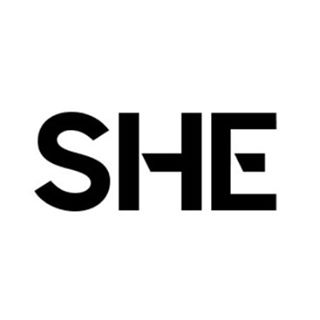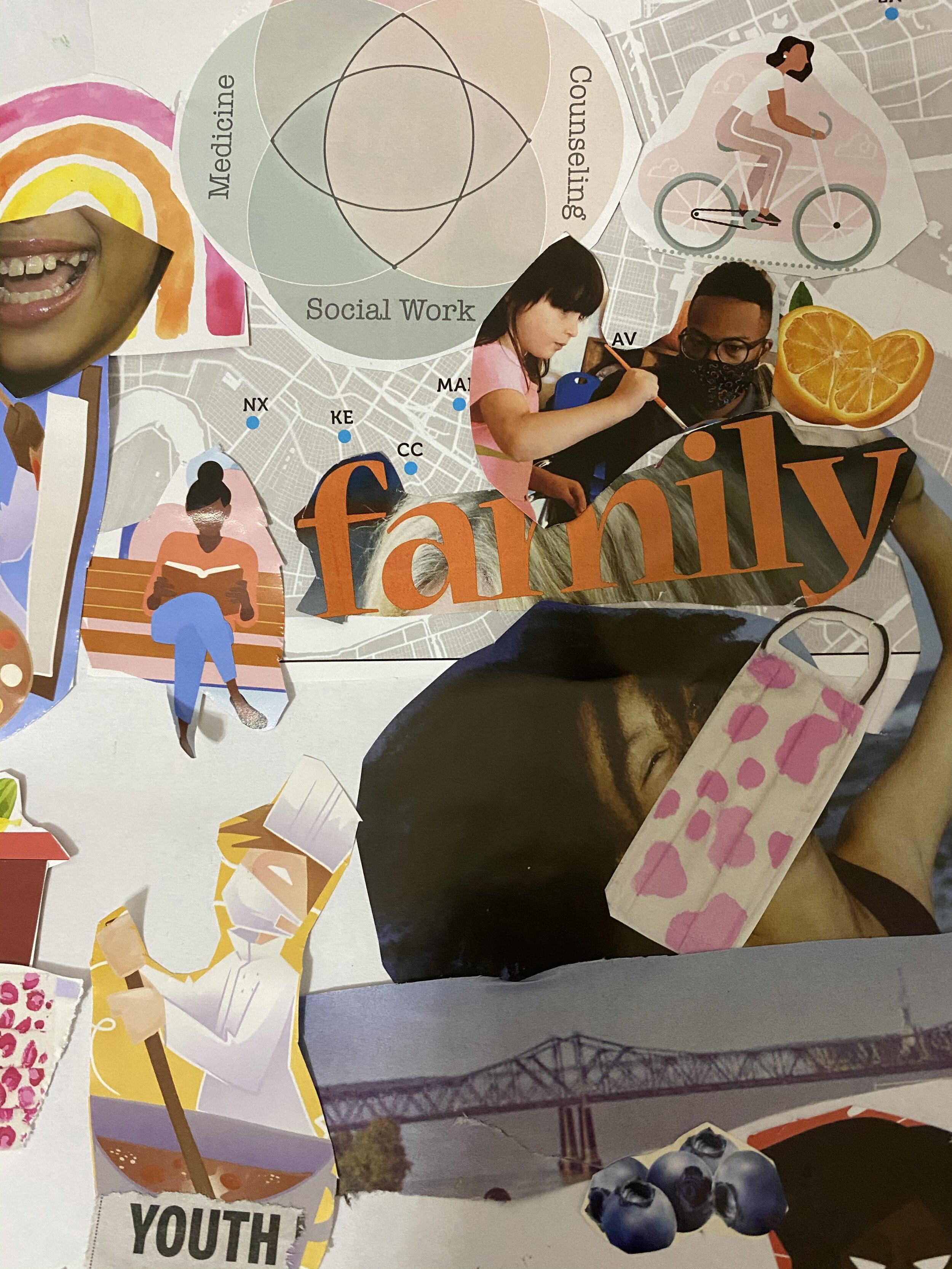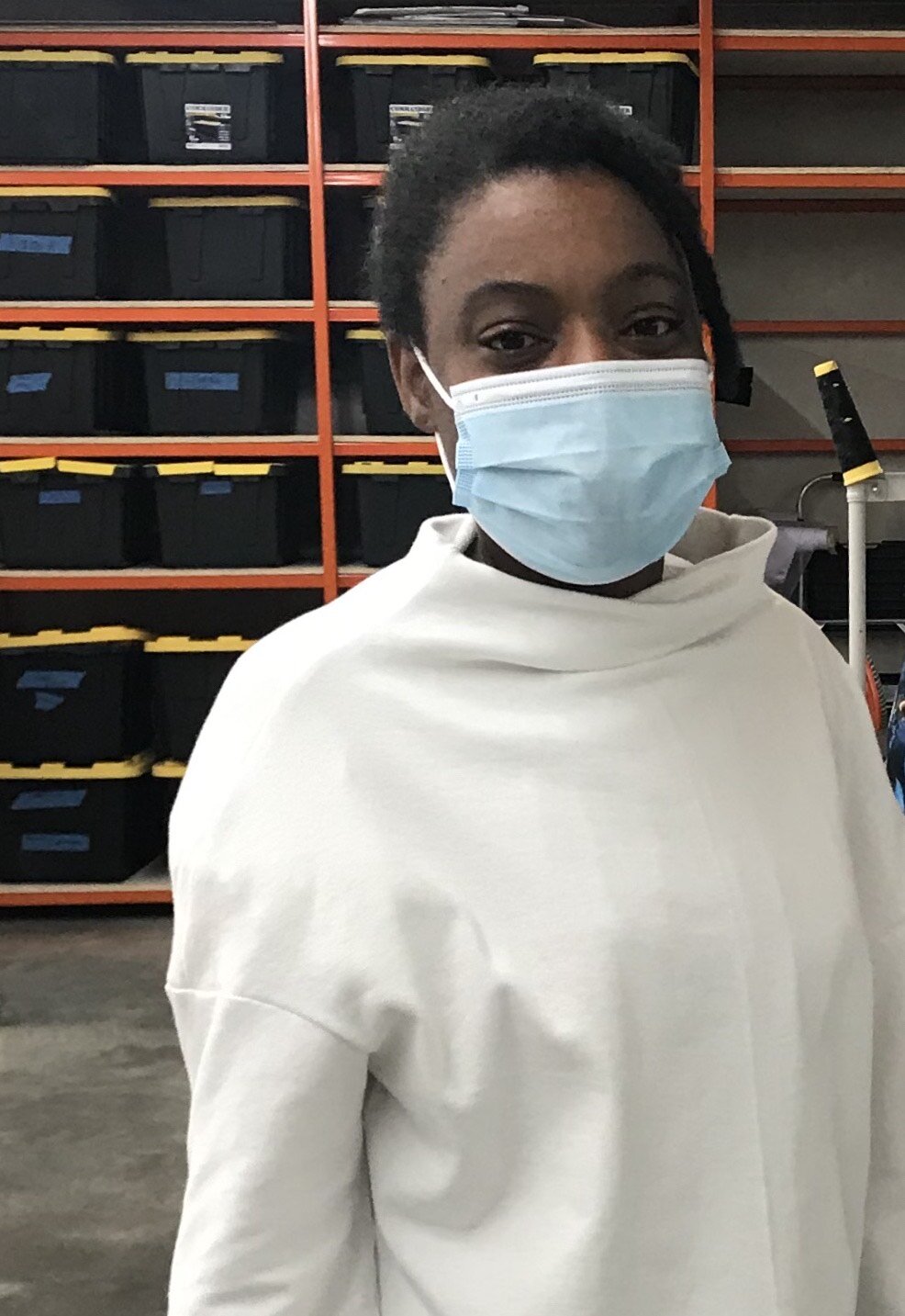June 2021: Diane Appaix Castro - Week 3
Diane Appaix Castro (she/her, @diappaix_art) is a 27 year old French and Spanish sculptor and installation artist who was born in Paris, France and grew up in Cambridge, Massachusetts from age four. Her work is strongly informed by her experience as an immigrant living at the intersection of three different cultures. Her works deal with the concepts of existence, humanity, presence - finding new ways to declare how we are in the world and leaving the door for possibilities elsewhere.
I’ve been reading Slaughterhouse Five by Kurt Vonnegut where time travel is possible for the main character. He jumps back and forth through his own life. He encounters an alien species which presents him with an interesting thought that when someone dies it does not mean that they stop existing, they simply exist in the past. This idea really spoke to me as I had been spending most of this week thinking about time and how although we use it and can see it happening, it’s also something changeable and collapsible and stretchable.
I took a quick trip to New York to visit my sister and while I was in the airport at 10 am, I saw a few people drinking beers in one of the airport bars. My first instinct was to be like… a little early, no? But then I started to realize that these people could very well be in a completely different time zone than I was. Maybe they were hours ahead or behind me, but simply sat in an airport that was technically on CST. This made me think about how airports are time dead zones. Everybody is coming in and out of them, all from various places and going to various places, all on their own time. So why not have a coffee at “10pm” and a beer at “10am” ? Anything goes in an airport.
Something else happened this week where I collapsed time, through food. I had some friends over for dinner and prepared handmade pasta with pesto, tomato, and mushrooms, Palomas, and a peach crumble. (Did I mention that for me making art and cooking are at an even tie?) These dishes and drink were some that I had enjoyed with other people, at completely different times. I wanted to give my friends an experience of the foods that had been good memories for me. Pasta and palomas with my sister and friends in New York, and crumbles for months that I would prepare for my partner, mother, and stepdad at the beginning of the pandemic. Although my friends didn’t realize that I was doing this perhaps, collapsing these memories into a single evening, they were inadvertently being transported, even teleported, to them through food in a simultaneous manner.
I wonder if there’s a way, through experiential art, to do something like this as well.





























































































